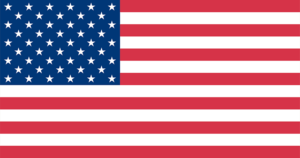U.S. colleges are looking for ways to increase student participation rates in study abroad programs and to target particular populations that haven’t historically studied overseas. According to Inside Higher Ed, nationally, about 11 percent of undergraduate students study abroad at some point in their degree programs, but the percentages who study abroad vary dramatically across some institutions.
The Bureau of Educational and Cultural Affairs (ECA) has provided more than $10 million in small grants to 90 higher education institutions since 2009 to help expand study abroad opportunities. Of the 90 colleges that have received grants, 29 are minority-serving institutions and 18 are two-year institutions (some fall into both categories).
“Our evaluations of the program show that the capacity-building program is helping U.S. higher education institutions sustainably build their study abroad capacity,” Caroline Casagrande, the deputy assistant secretary for academic programs at the State Department, told Inside HigherEd. “For example, we recently finished a multiyear evaluation of the 17 grants we funded in 2016 and found that more than 700 U.S. students — nearly half from groups underrepresented in study abroad — participated in programs supported by our small grants that year. Grantee institutions established 71 new global partnerships, formalized 47 new memorandums of understanding and strengthened 33 existing MoUs that they will use to increase their study abroad programs and numbers for years to come.”
The U.S. Department of State’s Benjamin A. Gilman International Scholarship provides scholarships for study abroad and international internships for Pell Grant recipients.
Read more here.



